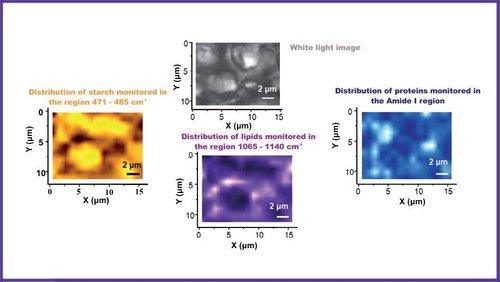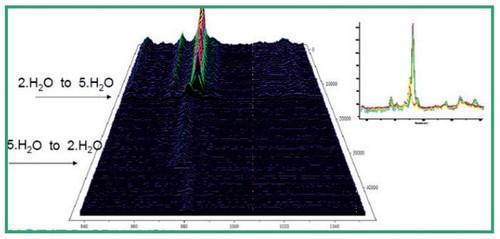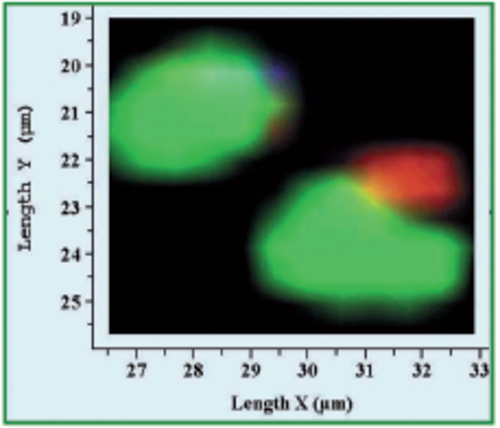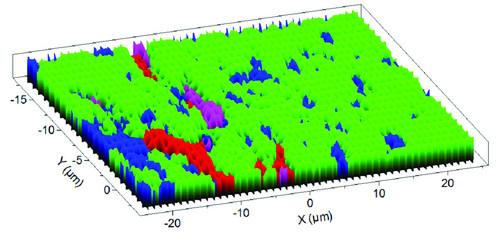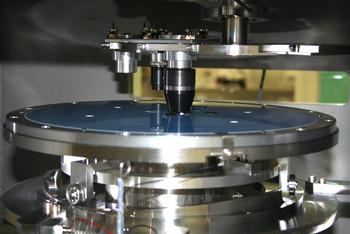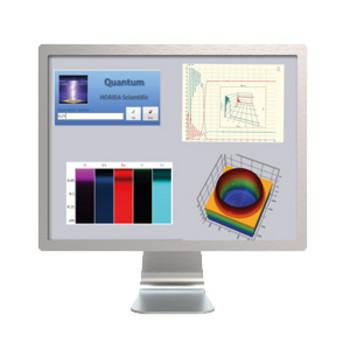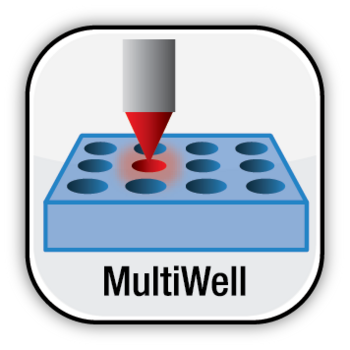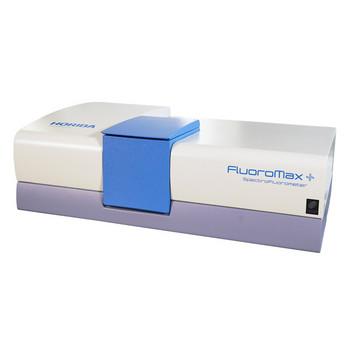
| General Specifications | ||
| Wavelength range | Deep UV to VIS-NIR | Standard 200 nm - 2200 nm (achromatic, no change of optics required) |
| Imaging spectrometer | Czerny-Turner configuration | Focal length: 800 mm |
| Lasers | Up to 6 motorized | User selectable: 266 nm, 325 nm, 355 nm, 405 nm, 458 nm, 473 nm, 532 nm, 633 nm, 660 nm, 785 nm, 1064 nm Other wavelengths possible on request. |
| Laser filters | Unlimited | Various range of filters (Dielectric, Notch, ULF…) to cover all the applications. |
| Number of gratings | Unlimited | |
| Spectral resolution FWHM | @ 244 nm excitation wavelength ≤ 1.5 cm-1 with 3600 gr/mm @ 532 nm excitation wavelength ≤ 0.6 cm-1 with 1800 gr/mm and ≤ 0.3 cm-1 with 3000 gr/mm @ 633 nm excitation wavelength ≤ 0.4 cm-1 with 1800 gr/mm and ≤ 0.2 cm-1 with 2400 gr/mm @ 785 nm excitation wavelength ≤ 0.2 cm-1 with 1800 gr/mm | |
| Ultra Low Frequency (ULF) | < 10 cm-1 measured on sulfur | Based on Volume Bragg Filters (VBG). Available for 473, 532, 633 and 785 nm laser excitations. |
| Automated internal calibration functions | Built-in automatic AutoCAL & ICS methods, VRM & VRM OA as standard | Automated calibration of spectral intensity and range calibration. VRM ensures high spatial accuracy for Raman and microscopy mapping, VRM OA allows change of magnification without loss of spatial accuracy. |
| Fast Raman imaging | Patented SWIFT™ functions | Compatible with all objectives and all lasers. 3 available in standard: SWIFT™ imaging, repetitive imaging and XR high spectral resolution. SWIFT™ XS high speed imaging requires an optional EMCCD detector to be used. |
| AFM / SEM coupling | Yes | Compatible with NanoRaman module and with patented nanoGPS™ navYX for correlative microscopy measurements. |
| Dimensions W x H x D (mm) | 1300 x 1194 x 473 | The depth depends on the XY stage and the laser bench (optional). This value is for the 100 x 100 mm stage and with the laser bench-Class IIIb system - without optional CDRH. |
| Weight | ~100 kg | Depends on configuration. |
| Safety | Class IIIb | Optional CDRH Laser safety class 1. |


















